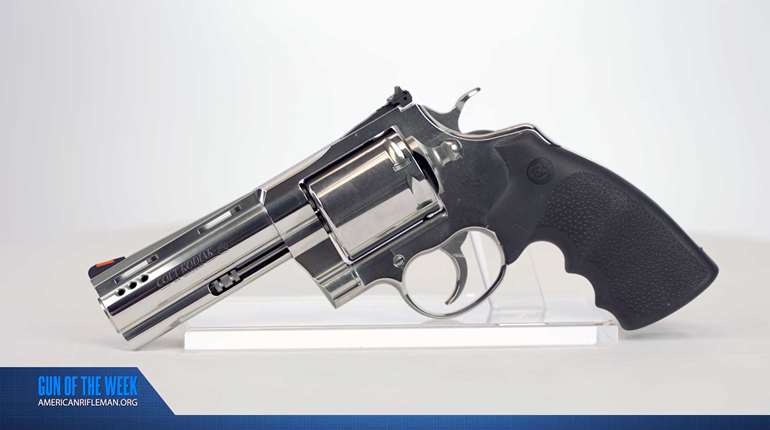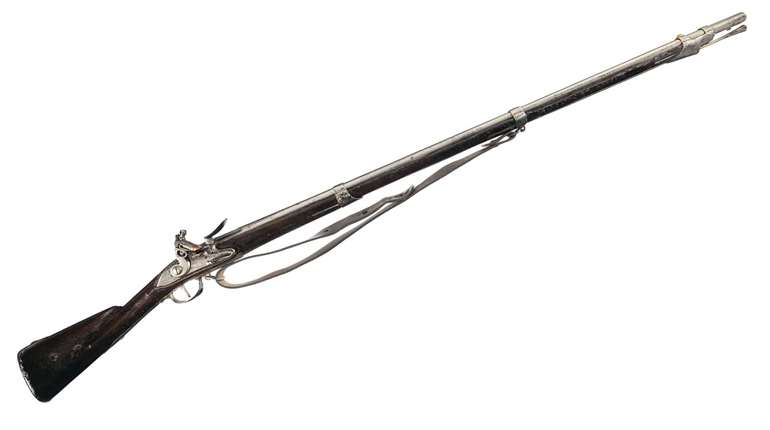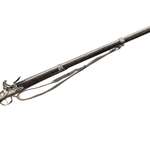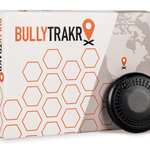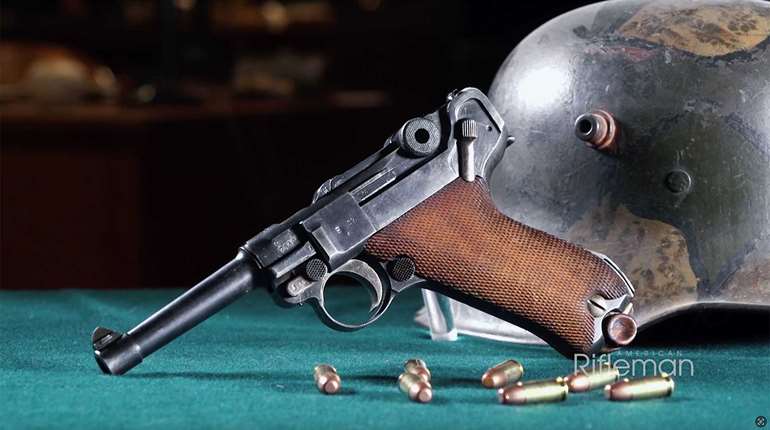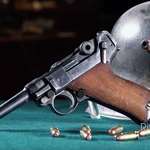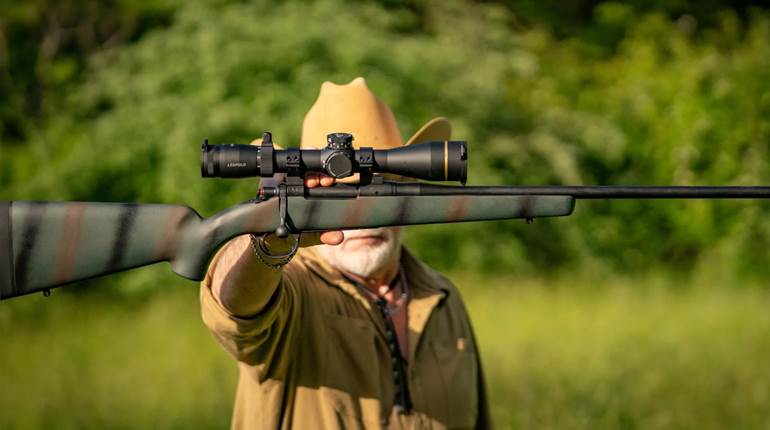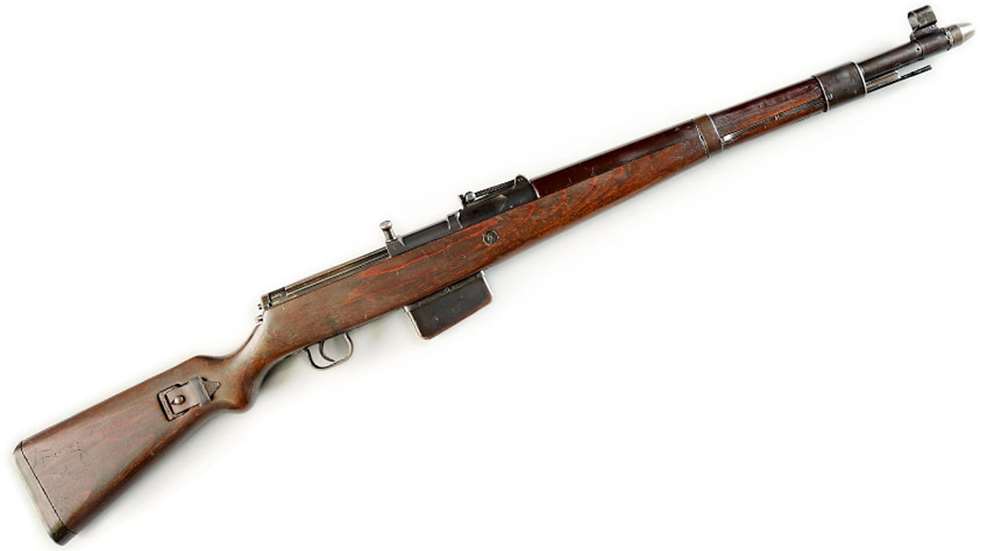
The first nation to actually issue a semi-automatic rifle to its troops was Mexico, which, in 1908, adopted the intricate 7x57 mm Mauser repeater designed by native son General Manuel Mondragón. An order was placed with SIG in Switzerland, but before the total number of these “Mondragón” rifles, as they were called, could be delivered, revolution in Mexico changed things and the order was canceled. SIG now found itself with a number of the arms on hand.
With the onset of World War I, Germany bought the remaining Mondragóns, initially placing them with ground troops. Like the later French Fusil Automatique Modèle 1917, the Mondragón was found to be susceptible to the harsh conditions encountered in the trenches. It ultimately finished out the war being used aloft by air crews.
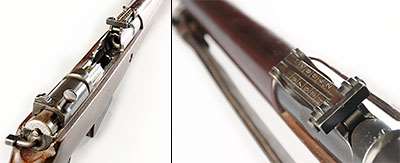
It had been Germany’s first major foray into the realm of the semi-automatic military longarm, but it would not be its last. German designers continued tinkering with their own concepts, an occupation that was given new impetus when the United States adopted the M1 Garand in 1936 and was further encouraged when German troops later encountered the Soviet SVT-38 and SVT-40 Tokarev self-loaders.
Circa 1940, the Heerswaffenamt (Army Weapons Office) set out a list of requirements that it felt would result in an ideal semi-automatic service rifle. It included the requirement for backup bolt-action operation, and proscriptions against external moving parts and holes being bored into the barrel.
Mauser followed the directions to the letter, presenting a rifle, the Gewehr 41(M), that, while impressive, had a number of faults. Output was limited, with fewer than 7,000 G41(M)s being produced between 1941 and 1943.
On the other hand, Waffenfabrik Walther simply disregarded a number of the specifications and came up with an infinitely better arm, the Gewehr 41(W). Like the G41(M), the G41(W)’s action operated via the “Bang” system. Named after its Danish designer, Søren H. Bang, it worked thusly: When the gun was fired, gases were trapped in a cone at the muzzle (remember, no holes were allowed in the barrel) and utilized to activate a piston that operated the bolt. The G41(W) was simpler to use, had a more efficient locking setup, considerably fewer parts and a firing pin and spring in place of the hammer, that was employed in the G41(M). Its sturdy non-removable sheet-steel box magazine held 10 rounds of 7.9x57 mm Mauser service ammunition that were loaded though the top of the action via K98k Mauser-style stripper clips.
Like the Soviet Tokarevs, the G41(W) was no sylph, measuring some 45" overall and weighing in at 11 lbs. It could be fitted with the standard K98k bayonet. The rifle was ultimately made at two locations, Waffenfabrik Walther at Zella-Mehlis (“ac” manufacturing code) and Berliner-Lubeker Maschinenfabrik (“duv” code).
Though generously produced—estimates vary, but probably in excess of 100,000 units were turned out—the G41(W) was not without its faults. As well as the gun being somewhat cumbersome for a battle rifle, the Bang arrangement did not allow it to be easily cleaned in the field, which resulted in malfunctions. The issues were addressed and a superior repeater resulted, the excellent Gewehr 43, which became the pre-eminent German semi-automatic rifle until the end of the war.
The specimen we’re looking at here, built by Berliner-Lubecker in 1943, is in NRA Modern “Very Good“ condition, and functions perfectly. Finish is at least 90 percent with the piece’s only real blemish being the word “FRANCE” lightly scratched (probably during wartime) on the left side of the butt of its laminated stock. Accordingly, it is easily worth $5,000.
Gun: Gewehr 41(W)
Manufacturer: Berliner-Lubecker Maschinenfabrik
Chambering: 7.9x57 mm Mauser
Manufactured: 1943
Condition: NRA Very Good (Modern Gun Standards)
Value: $5,000















